What is Glutathione?
Glutathione is a tripeptide molecule composed of three amino acids: cysteine, glycine, and glutamic acid. According to medical literature, glutathione functions as one of the body's most important antioxidant compounds and is naturally produced in cells throughout the body, with the highest concentrations found in the liver.
Research published in peer-reviewed journals indicates that glutathione plays several roles in cellular function, including supporting the body's natural detoxification processes and maintaining cellular health. The compound exists in both reduced (GSH) and oxidized (GSSG) forms, with the reduced form being the active antioxidant state.
Medical studies suggest that glutathione levels may naturally decline with age, and various factors, including diet, lifestyle, and environmental exposures, may influence the body's glutathione production and utilization.
Understanding Glutathione in Foods
According to nutritional research, glutathione is naturally present in many foods, though the bioavailability and stability of dietary glutathione remain subjects of ongoing scientific investigation. The FDA has not established a daily value for glutathione, and current research suggests that dietary intake may have varying effects on tissue glutathione levels.
Studies published in food science journals indicate that glutathione content in foods can be affected by factors such as storage conditions, processing methods, and cooking techniques. Fresh, minimally processed foods generally contain higher levels of naturally occurring glutathione compared to heavily processed alternatives.
Food Sources of Glutathione
Sulfur-Rich Vegetables
Research indicates that certain vegetables from the Brassicaceae family contain naturally occurring glutathione and compounds that may support the body's glutathione synthesis:
Cruciferous Vegetables:
-
Broccoli: Studies suggest fresh broccoli contains approximately 8-12 mg of glutathione per 100 grams
-
Brussels sprouts: Research indicates these vegetables provide glutathione along with sulfur-containing compounds
-
Cabbage: Both raw and lightly cooked cabbage are sources of naturally occurring glutathione
-
Cauliflower: Contains glutathione and precursor compounds according to nutritional analyses
Allium Vegetables:
-
Garlic: Research suggests garlic contains glutathione and may support the body's natural antioxidant systems
-
Onions: Studies indicate onions provide glutathione and sulfur compounds
-
Shallots: Similar to other allium vegetables, shallots contain naturally occurring glutathione
Individual dietary needs vary. Consult with a qualified healthcare professional about incorporating these foods into your diet.
Fresh Fruits and Vegetables
Peer-reviewed nutritional studies have identified several fruits and vegetables as natural sources of glutathione:
Green Vegetables:
-
Spinach: Research indicates spinach contains glutathione, with fresh leaves showing higher levels than processed versions
-
Asparagus: Studies suggest that asparagus is among the vegetables with higher glutathione content
-
Green beans: Nutritional analyses indicate these vegetables contain naturally occurring glutathione
Fruits:
-
Avocados: Research suggests avocados contain glutathione and healthy fats that may support absorption
-
Tomatoes: Studies indicate both fresh tomatoes and tomato products contain glutathione
-
Citrus fruits: Grapefruit and oranges contain glutathione, according to nutritional research
-
Watermelon: Studies suggest watermelon contains naturally occurring glutathione
Protein Sources
Research published in nutritional journals indicates that various protein sources contain glutathione and the amino acids necessary for glutathione synthesis:
Animal Proteins:
-
Fresh fish: Studies suggest that fresh fish, particularly salmon and tuna, contain glutathione
-
Poultry: Research indicates that chicken and turkey provide glutathione and precursor amino acids
-
Grass-fed beef: Studies suggest grass-fed beef may contain higher levels of glutathione compared to conventional beef
-
Eggs: Research indicates eggs contain glutathione, particularly in the yolk
Dairy Products:
-
Whey protein: Studies suggest that high-quality whey protein contains glutathione and cysteine
-
Raw milk: Research indicates raw, unpasteurized milk contains higher levels of glutathione than pasteurized versions
The FDA recommends following food safety guidelines for all animal products. Consult your healthcare provider about appropriate protein sources for your individual needs.
Factors Affecting Glutathione in Foods
Cooking Methods and Storage
Scientific research indicates that various factors can affect the glutathione content in foods:
Heat Processing: Studies suggest that high-temperature cooking methods may reduce glutathione levels in foods. Research indicates that steaming, light sautéing, or consuming foods raw may help preserve naturally occurring glutathione content.
Storage Conditions: Research suggests that prolonged storage, particularly under warm conditions or bright light, may decrease glutathione levels in fresh foods. Studies indicate that proper refrigeration and minimal storage time may help maintain glutathione content.
Processing Effects: Peer-reviewed research indicates that food processing techniques such as canning, freezing, and dehydration may affect glutathione levels, with fresh foods generally showing higher content than processed alternatives.
Freshness and Processing
According to food science research, the freshness and processing status of foods may significantly impact their glutathione content:
-
Fresh, locally sourced produce may contain higher levels of glutathione compared to foods that have been transported long distances
-
Minimally processed foods typically retain more naturally occurring glutathione than heavily processed alternatives
-
Organic farming practices may influence glutathione levels in some foods, though research in this area continues
Supporting Glutathione Production
Precursor Nutrients
Medical research indicates that the body synthesizes glutathione from three specific amino acids. Understanding these precursor nutrients may help inform dietary choices:
Essential Amino Acids:
-
Cysteine: Studies suggest this amino acid is often the limiting factor in glutathione synthesis. Food sources include eggs, poultry, and dairy products
-
Glycine: Research indicates this amino acid is found in protein sources such as meat, fish, and legumes
-
Glutamic acid: Studies suggest this amino acid is present in many protein-containing foods
Supporting Nutrients
Peer-reviewed research suggests that certain vitamins and minerals may support the body's glutathione systems:
Selenium: Studies indicate selenium functions as a cofactor for glutathione peroxidase enzymes. The FDA recognizes selenium as an essential mineral, with food sources including Brazil nuts, fish, and eggs.
Vitamin C: Research suggests vitamin C may help regenerate glutathione from its oxidized form. The FDA has established a daily value for vitamin C, found in citrus fruits, berries, and vegetables.
Vitamin E: Studies indicate vitamin E may work synergistically with glutathione in antioxidant processes. Food sources include nuts, seeds, and vegetable oils.
Individual nutritional needs vary based on age, health status, and other factors. Consult with a qualified healthcare professional or registered dietitian about your specific nutritional requirements.
Important Considerations and Limitations
Bioavailability Research
Current scientific evidence regarding the bioavailability of dietary glutathione presents mixed findings:
-
Some studies suggest that orally consumed glutathione may be broken down in the digestive system
-
Other research indicates that certain food matrices may protect glutathione during digestion
-
The relationship between dietary glutathione intake and tissue glutathione levels requires further research
-
Dietary supplements however, such as Rho’s Liposomal Glutathione, have demonstrated the ability to elevate bodily glutathione levels, reduce oxidative stress markers, and enhance immune cell function, in clinical trials.
Bottom Line
Glutathione occurs naturally in various foods, particularly fresh fruits, vegetables, and high-quality protein sources. Current research suggests that a varied diet including sulfur-rich vegetables, fresh produce, and quality protein sources may help provide dietary glutathione and supporting nutrients.
However, the relationship between dietary glutathione intake and the body's glutathione levels remains an active area of scientific research. Factors such as bioavailability, individual metabolism, and food preparation methods may all influence how dietary glutathione functions in the body.
For personalized guidance about diet and nutrition, including questions about glutathione and antioxidant intake, consult with qualified healthcare providers such as registered dietitians, physicians, or other medical professionals who can assess your individual needs and health status.
Disclaimer: This information is for educational purposes only and is not intended to replace professional medical advice, diagnosis, or treatment. Individual results may vary. Always consult with a qualified healthcare professional before making changes to your diet or health regimen. The statements in this article have not been evaluated by the Food and Drug Administration.
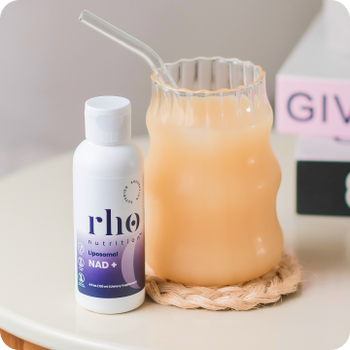
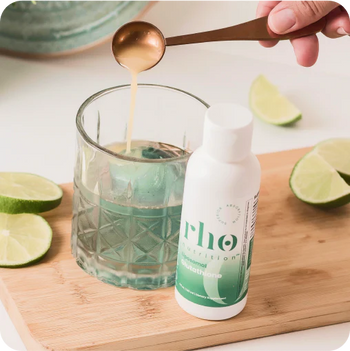

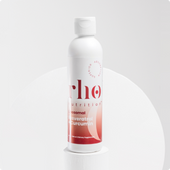
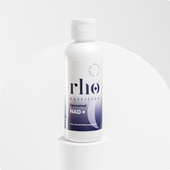

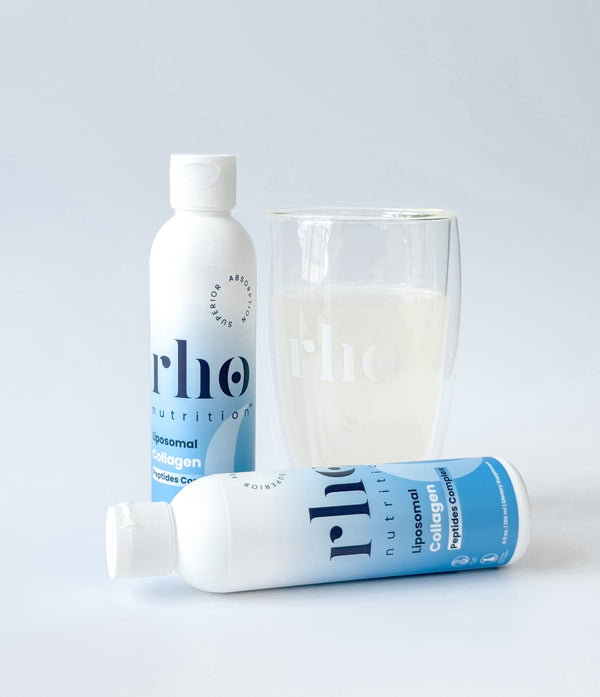
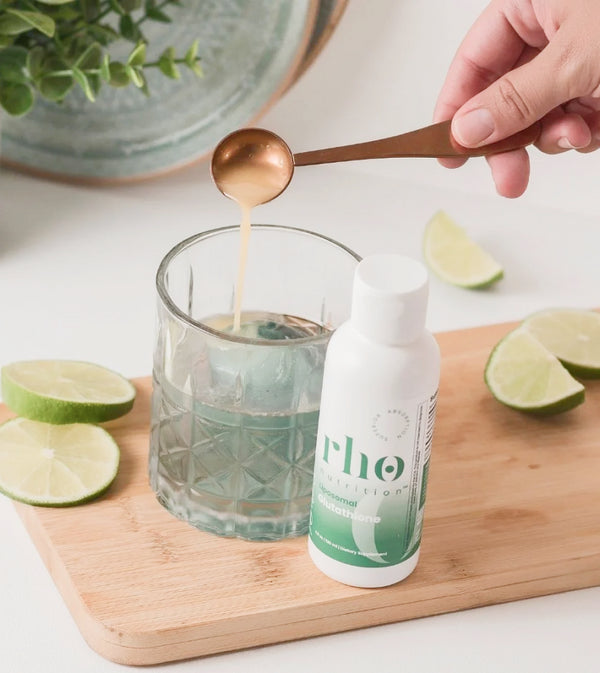
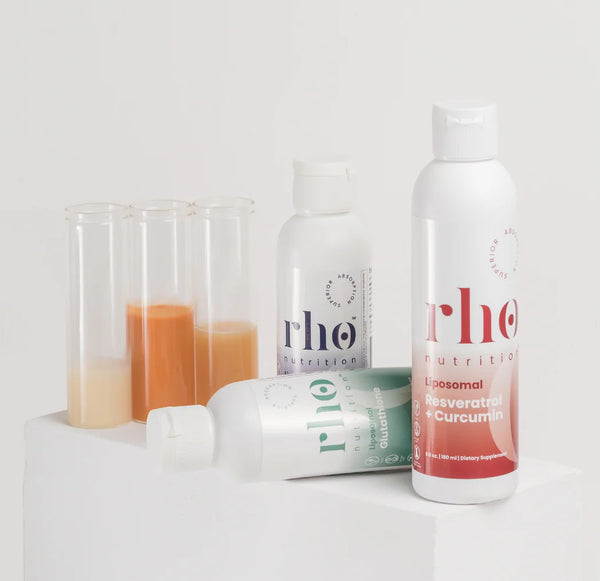




Leave a comment